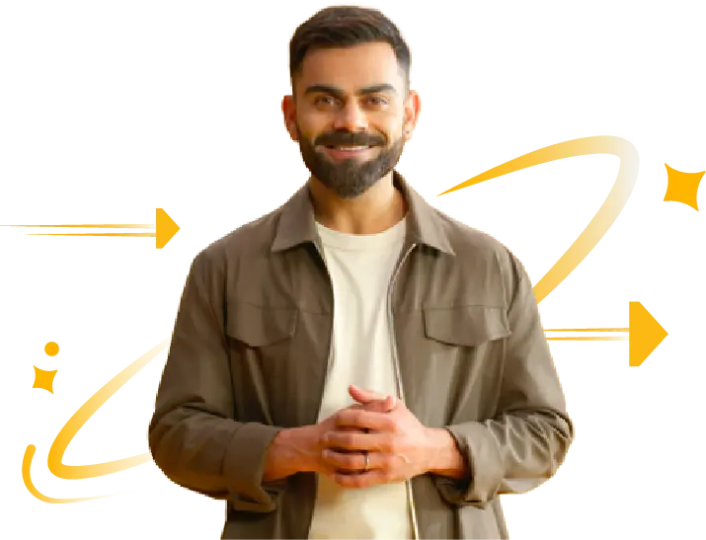7 Crore+ Customers

Affordable Premium

7 Crore+ Customers

Affordable Premium



Norway is renowned for its stunning landscapes, high quality of life, and a thriving economy. However, along with these benefits comes a high cost of living that can be challenging for locals and expatriates.
In 2026, Norway will remain one of the most expensive countries in the world, with housing, utilities, and food contributing majorly to monthly expenses.
Whether you’re considering relocating or simply curious about the financial realities, understanding Norway's average cost of living is essential for effective budgeting and planning.
Disclaimer: This article is based on information from various online sources as of September 14th, 2024, with sources listed below.


International students' average cost of living in Norway can vary depending on the city and personal lifestyle choices. Here's a general breakdown of everyday monthly expenses:
For individuals, couples, and families, the cost of living in Norway varies depending on the location and lifestyle.
Here’s a detailed breakdown of the typical living costs for bachelors, couples, and families in Norway:
The cost of living in Norway can vary majorly depending on the city.
This table provides a detailed look into the cost of living for different groups in Norway, helping individuals and families budget effectively based on their circumstances.
The average cost of living in Oslo is as follows:
The average cost of living in Bergen is as follows:
The average cost of living in Stavanger is as follows:
The average cost of living in Trondheim is as follows:
The average cost of living in Tromsø is as follows:
Several factors impact the cost of living in Norway. Here are some key considerations:
Major cities like Oslo, Bergen, and Stavanger have significantly higher living costs, especially in terms of rent and food prices, compared to smaller towns and rural areas.
Rental costs are one of the largest contributors to the cost of living. Central locations or larger apartments come with higher rent, while student housing or shared apartments can help reduce expenses.
Norway has high food costs due to import taxes, a small domestic market, and higher wages for food service workers. Shopping at discount supermarkets can help mitigate this cost.
Public transportation costs vary by city, but car ownership is generally expensive due to fuel costs, tolls, and car insurance. Using public transport with student discounts or carpooling can reduce transportation expenses.
Heating, electricity, water, and internet costs can fluctuate depending on the type of accommodation and location. Cities in northern Norway may have higher heating bills due to colder climates.
Norway has a public healthcare system, which generally covers residents. However, international students and expats may need private health insurance until they are covered under the national scheme.
Costs for entertainment such as dining out, fitness centers, cinema tickets, and events can be quite high in Norway, especially in the larger cities. Outdoor activities, which are popular in Norway, often come at a lower cost.
These factors contribute to Norway's relatively high cost of living compared to other European countries.
The average income in Norway varies depending on several factors such as industry, occupation, location, and individual qualifications. Below is a general overview of typical income levels in 2026:
Urban cities like Oslo tend to have higher costs, while smaller towns and rural areas are relatively more affordable. The following table provides an breakdown of the average monthly income in the Norway by industry, emirate, experience level, and job type:
When comparing the cost of living in Norway to other countries, it falls somewhere between more affordable destinations and highly expensive regions. Here’s a breakdown of how expensive the Norway is compared to other popular countries:
Here’s the comparison table for accommodation, transportation, meals for two, and miscellaneous expenses between the Norway and other countries:
Living in Norway can be expensive, but there are several ways to reduce your overall cost of living without compromising on quality. Here are some practical tips to help you save:
Rent is a significant expense in Norway. Sharing an apartment or renting a room in a shared flat can drastically reduce costs. Student housing or co-living spaces are also good options for students and young professionals.
Owning a car can be expensive due to fuel costs, tolls, and parking fees. Instead, use Norway’s efficient public transportation systems, which include buses, trains, and trams.
Norway has discount grocery stores like Rema 1000, Kiwi, and Coop Extra, where food prices are lower than those of premium supermarkets. Buying in bulk and planning meals ahead can also help reduce food expenses.
Eating out in Norway is quite expensive. To cut down on food expenses, cooking meals at home is much more cost-effective. Meal prepping and shopping for seasonal, local produce can further reduce costs.
Norway is known for its natural beauty, and there are plenty of free outdoor activities, such as hiking, biking, or skiing (in some places). These can be great alternatives to costly entertainment options like dining out or cinema trips.
Websites and apps like Finn.no and Tise are popular for buying second-hand items, from furniture to clothing. Thrift stores also offer quality goods at a fraction of the price compared to new items.
Many services and stores offer discounts for students and young people under 30. This applies to transportation, entertainment, and even some retail purchases, so always ask for available discounts.
Be mindful of your electricity usage, especially in winter when heating can drive up costs. Opt for energy-efficient appliances, switch to LED bulbs, and unplug devices when not in use to reduce your utility bills.
By making smart choices in housing, transportation, and daily expenses, you can significantly reduce your cost of living while still enjoying life in Norway.
This article provides all the information on the cost of living in Norway, from the monetary aspect to food and other necessities, so that you can make the most of your time and money in Norway.
Protect What Matters - Explore Other Insurance Options